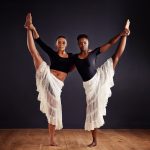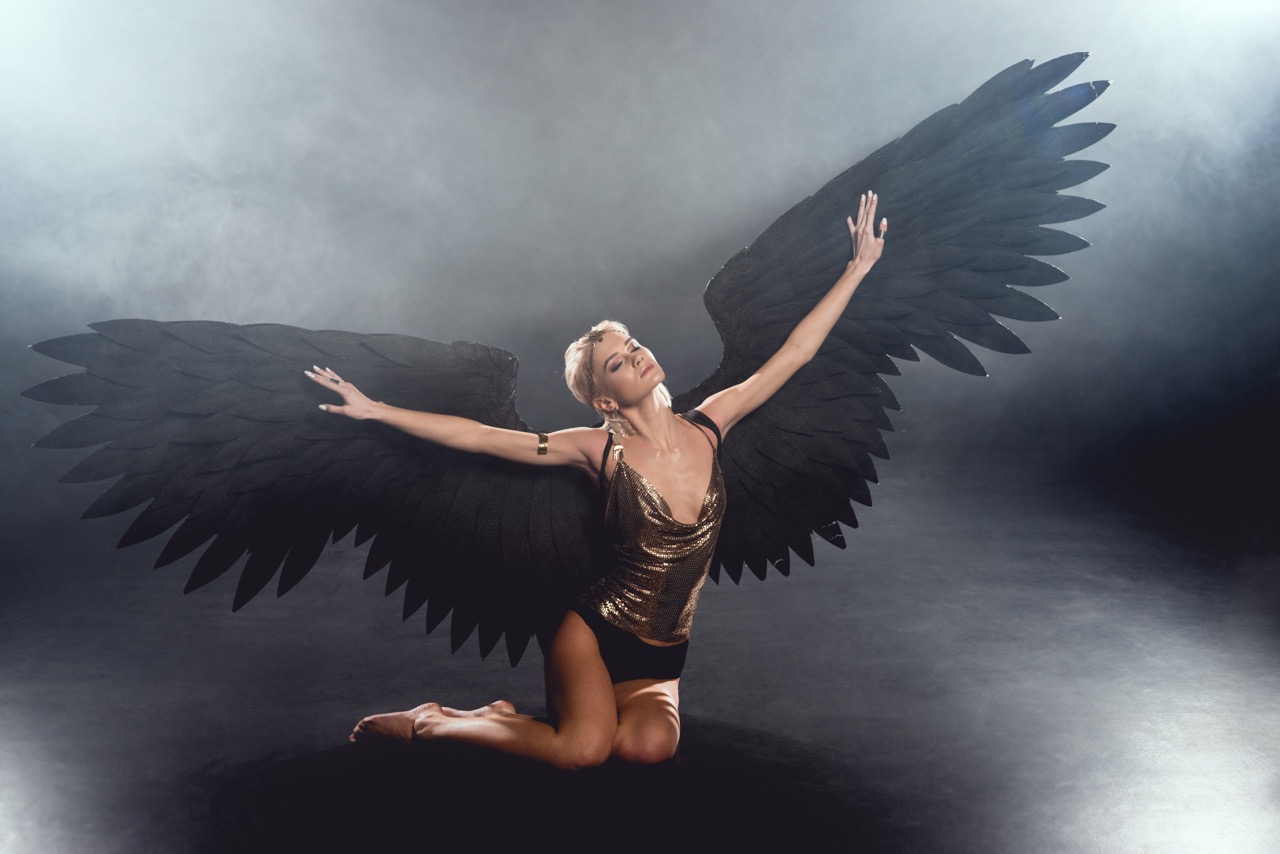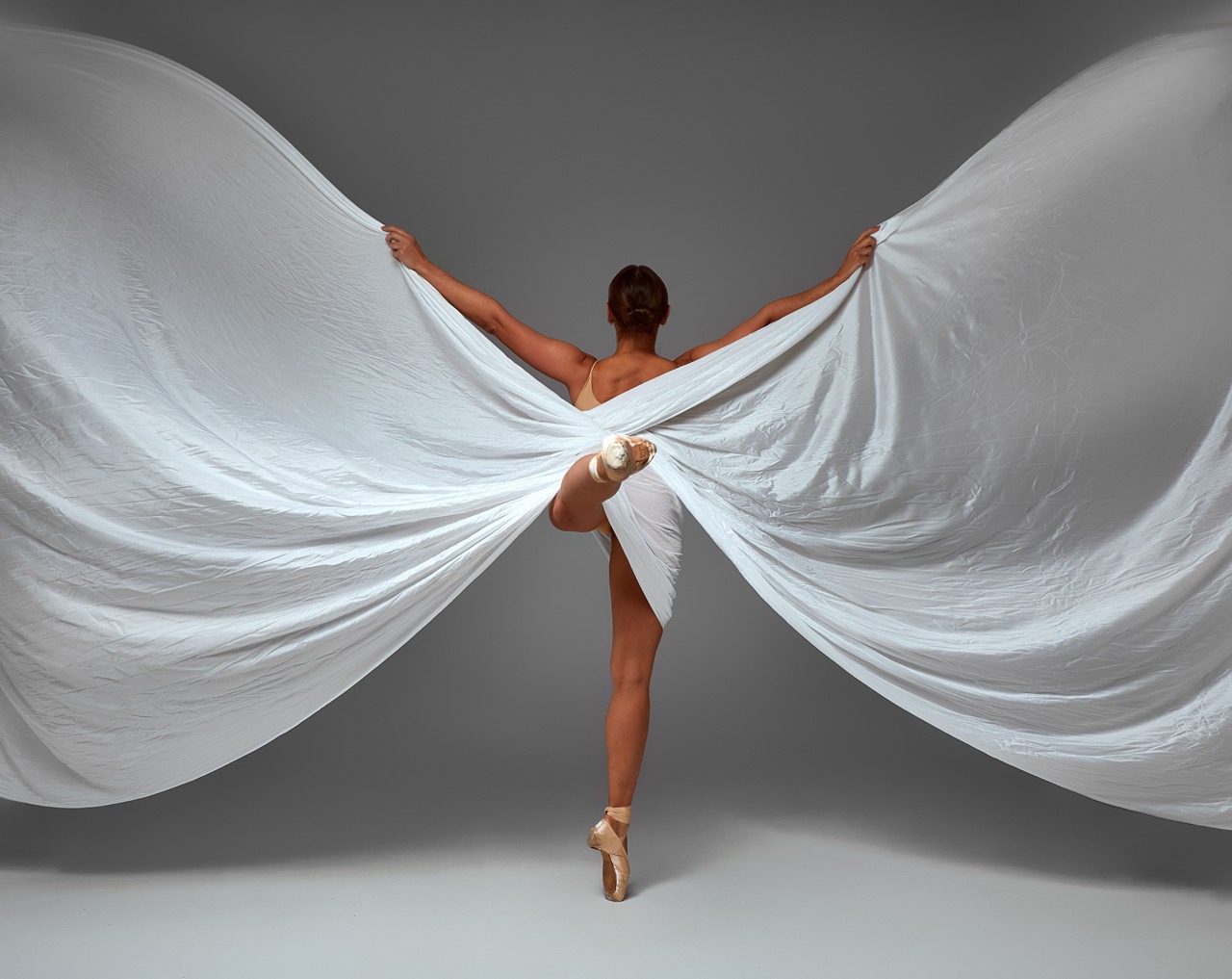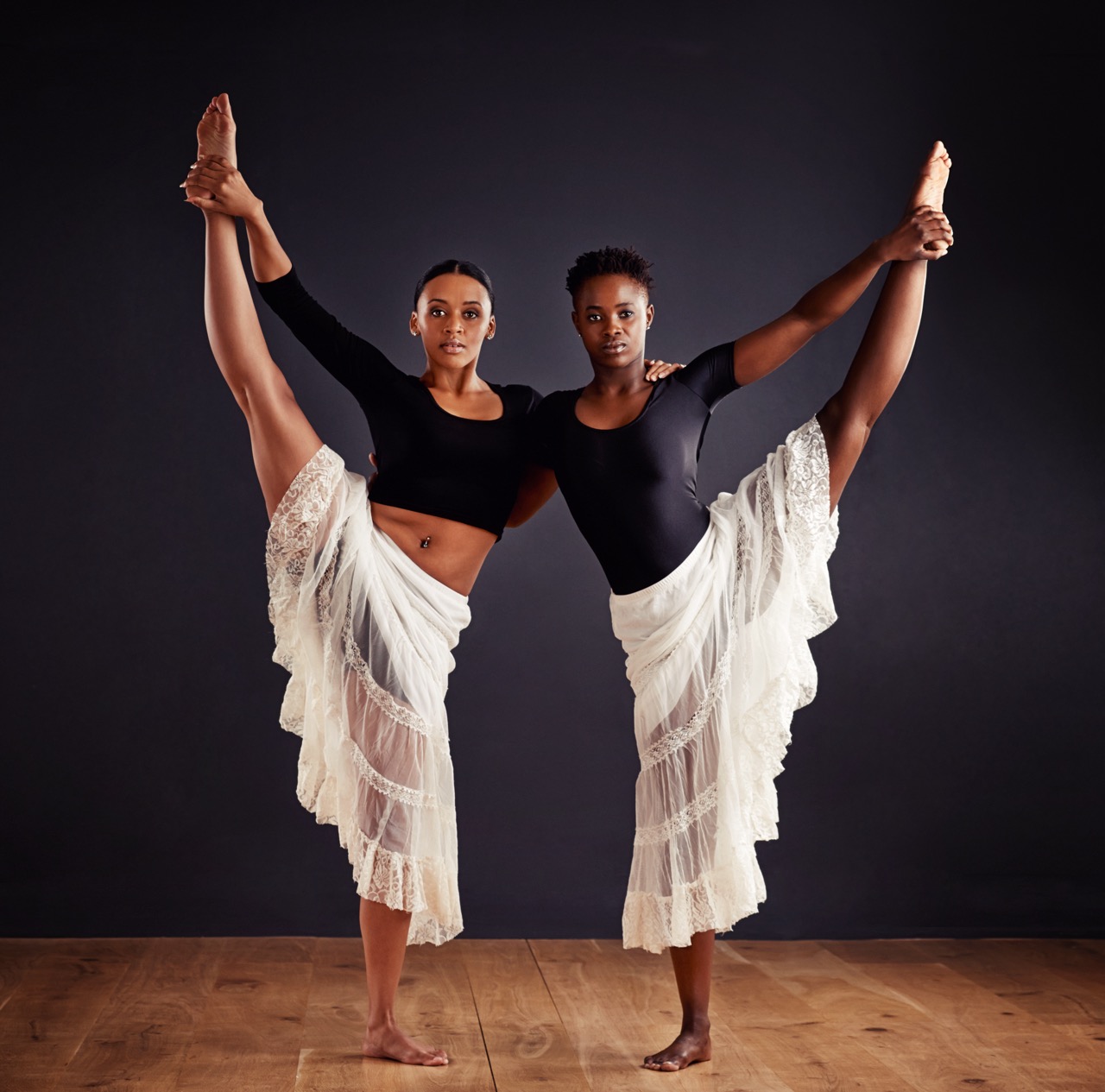Dance, often celebrated for its artistic allure and cultural significance, has emerged as a transformative tool within rehabilitative medicine. Beyond its aesthetic appeal, dance embodies a profound therapeutic potential, weaving together physical, emotional, and cognitive healing. As rehabilitation practices evolve, integrating dance into therapeutic frameworks represents a progressive shift toward holistic healing, underscoring the intricate relationship between movement and recovery. This article delves into the multifaceted role of dance in rehabilitation, exploring its benefits in physical therapy, emotional healing, and overall rehabilitation outcomes.
The Healing Power of Movement: Dance in Rehabilitation
Dance is a uniquely expressive form of movement that engages the body and mind, fostering a sense of freedom and creativity. In rehabilitative contexts, it serves as a powerful mechanism for improving mobility, strength, coordination, and balance. Incorporating dance into rehabilitation programs has shown promising results, particularly for patients recovering from strokes, surgeries, or injuries. The rhythmic and repetitive nature of dance movements can enhance neuromuscular coordination, essentially ‘retraining’ the body to move effectively and efficiently.
Furthermore, the social aspects of dance therapy cannot be overlooked. Group dance sessions foster community and interpersonal connections, helping individuals feel less isolated during their recovery journey. Participants often report increased motivation and engagement when they are part of a collective movement experience, leading to more consistent and effective rehabilitation efforts. This camaraderie not only enhances physical recovery but also cultivates a supportive environment where patients encourage one another, creating a positive feedback loop that benefits everyone involved.
In addition to physical rehabilitation, the incorporation of dance into therapeutic practices promotes cognitive functioning. The coordination required in learning dance steps stimulates mental processes, enhancing concentration and memory. Therapeutic dance can be particularly beneficial for individuals with neurological disorders, such as Parkinson’s disease or dementia, as it encourages brain plasticity and adaptive strategies. Through the lens of movement, dance opens new pathways for healing, proving that the act of dancing is not merely a physical endeavor but a multifaceted approach to rehabilitation.
Rhythm and Recovery: How Dance Boosts Physical Therapy
One of the remarkable aspects of dance as a rehabilitative tool is its capacity to enhance traditional physical therapy methods. By integrating dance into therapy sessions, practitioners can create a more engaging and enjoyable experience for patients. This engagement is crucial; as individuals find joy in movement, they are more likely to participate actively in their recovery. Dance-based interventions can also be tailored to meet specific rehabilitation goals, making them highly adaptable to diverse patient needs.
Studies have shown that dance enhances proprioception—the awareness of the body’s position in space—significantly aiding in rehabilitation. Improved proprioception can lead to better balance and coordination, key components of recovery for individuals suffering from injuries or disabilities. Furthermore, dance’s rhythmic elements can help individuals relearn movement patterns, making it an effective strategy for addressing gait abnormalities in post-injury rehabilitation. As patients immerse themselves in dance, they often experience a reduction in pain and discomfort, enabling a more liberated and unrestricted approach to movement.
Additionally, the incorporation of music into dance therapy amplifies its healing effects. Music has been shown to activate various brain regions, promoting emotional regulation and stimulating cognitive processes. As patients dance to the rhythm of music, they not only enhance their physical abilities but also foster an emotional connection to their healing journey. This synergy between movement, rhythm, and music creates a holistic experience that enhances the efficacy of physical therapy and promotes a more profound sense of well-being.
Beyond Steps: Dance as a Tool for Emotional Healing
While dance is often associated with physical movement, its emotional therapeutic benefits are equally significant. Engaging in dance allows individuals to express feelings that may be difficult to verbalize, thereby promoting emotional release and self-awareness. Dance therapy provides a safe space for individuals to confront their emotions, process trauma, and cultivate resilience—all vital components of the healing process. Through movement, patients can explore their inner worlds, fostering a deeper understanding of themselves and their experiences.
Moreover, dance encourages mindfulness, allowing participants to become fully immersed in the present moment. This focus on the here and now can help alleviate anxiety and depression, common hurdles faced by patients undergoing rehabilitation. As individuals move to music, they can experience a sense of liberation, letting go of past inhibitions and embracing their current capabilities. This emotional catharsis not only aids in mental health recovery but also fosters a renewed sense of identity and purpose in individuals, encouraging them to take proactive steps in their rehabilitation journey.
Additionally, dance can be an empowering experience, instilling confidence and self-esteem in individuals who may feel diminished by their physical or emotional challenges. As patients see themselves progress in their dance abilities, they often develop a more positive self-image, which can translate into other areas of their lives. The act of dancing becomes a metaphor for resilience, reminding individuals that they can overcome obstacles and reclaim agency over their bodies and emotions.
Shaping Futures: Dance’s Impact on Rehabilitation Outcomes
The integration of dance into rehabilitative practices has demonstrated its potential to shape positive outcomes for patients. Research indicates that individuals who participate in dance therapy often experience better recovery rates compared to those engaged solely in traditional rehabilitation methods. The physical benefits, combined with emotional and cognitive improvements, create a comprehensive healing experience that enhances overall well-being and quality of life.
Furthermore, the adaptability of dance allows it to cater to a wide range of patients, from children recovering from injuries to older adults managing chronic conditions. By tailoring dance programs to suit individual abilities and preferences, therapists can ensure that each patient receives personalized care. This individualization not only optimizes rehabilitation outcomes but also fosters a sense of ownership and investment in the recovery process, motivating patients to actively participate in their healing journey.
In summary, as the field of rehabilitative medicine continues to evolve, the incorporation of dance as a therapeutic tool holds immense promise. By addressing the physical, emotional, and cognitive dimensions of healing, dance paves the way for more holistic and effective rehabilitation practices. Embracing movement as a form of therapy not only enriches the rehabilitation experience but also reshapes futures, empowering individuals to reclaim their lives with renewed strength, confidence, and purpose.
In a world where the healing arts are increasingly recognized for their profound impact on health and recovery, dance stands out as a vibrant and dynamic component of rehabilitative medicine. By harnessing the power of movement, rhythm, and expression, dance therapy offers a multi-dimensional approach to healing that transcends traditional boundaries. Its potential to enhance physical recovery, emotional well-being, and overall rehabilitation outcomes demonstrates that the journey to recovery can be both transformative and joyous. As we continue to explore innovative therapeutic modalities, the role of dance in rehabilitation invites us to reconsider the ways in which movement can mend not just the body but also the spirit.










